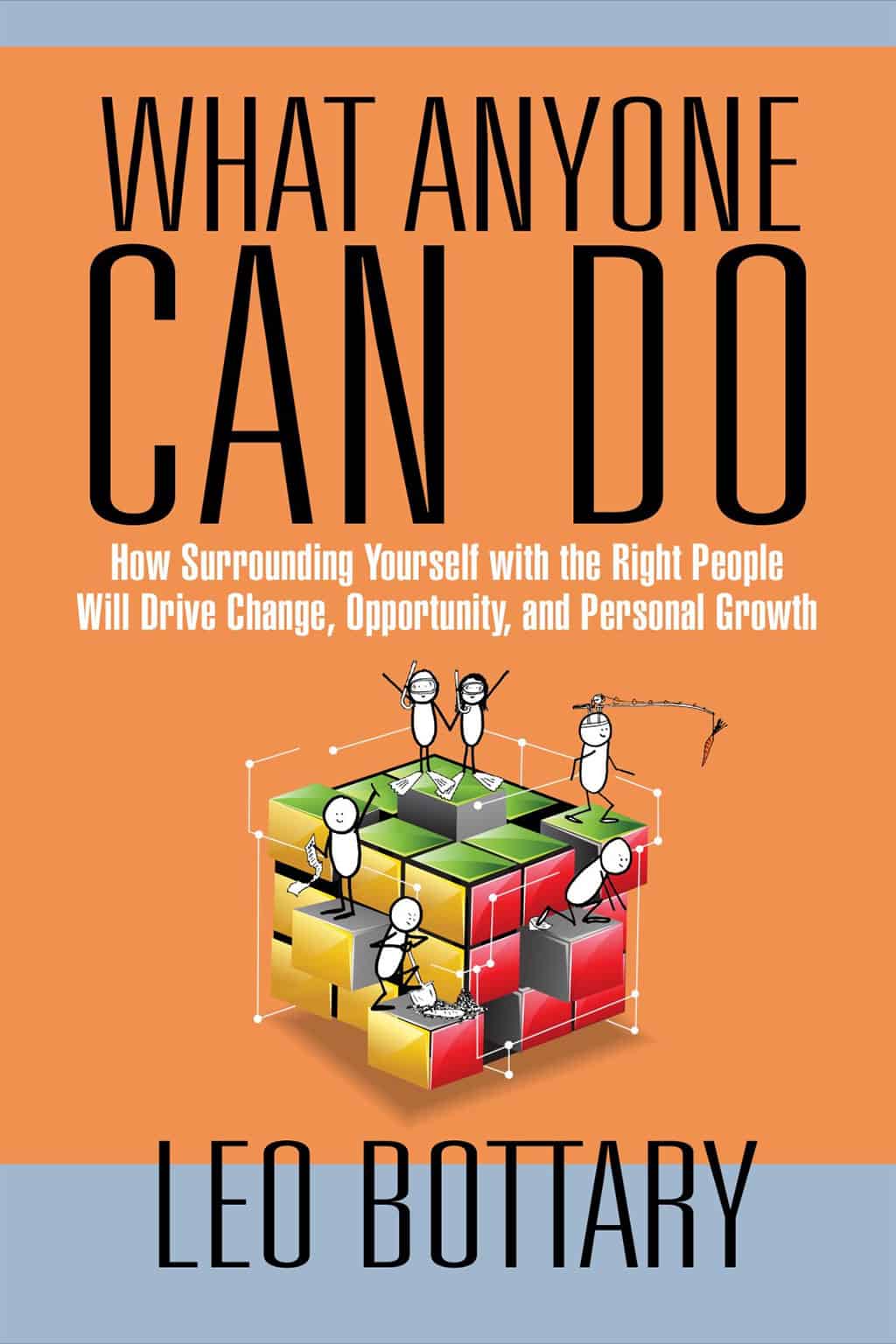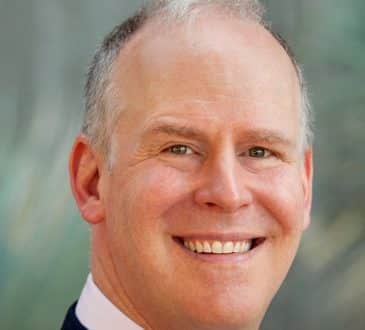Why Leveraging New Year’s in July Could Make All The Difference

You may find this hard to believe, but organizations are about as successful at realizing organizational goals as individuals are at achieving their new year’s resolutions. If that sounds bad on its face, consider the supporting evidence. According to the University of Scranton, 92% of people fail to achieve their new year’s resolutions. This is especially disturbing because it involves people who identified and set realistic goals to which they personally aspired. I’m not talking about people setting their sights on the Olympics, I’m referring to individuals who want to lose 10 pounds or cut down on their alcohol consumption. Doable, right?
Now if you’re thinking there’s no way organizations perform just as poorly, David Norton and Robert S. Kaplan, authors of The Balanced Scorecard, would beg to differ. They assert that 90% of organizations fail to execute their strategies successfully. That said, I believe individuals and organizations fail for different reasons. Individuals who don’t accomplish their new year’s resolutions can be legitimately questioned for their commitment from the start. They also typically don’t make their goals public, and as a result, do not enlist and engage the help of others who would be willing to be helpful if they were just asked. As for organizations, they have the commitment and the people to make achieving their goals possible; the problem is they are so focused on the goals, they often lack the day-to-day discipline necessary to focus on what makes achieving those strategic goals possible.
For Organizational Leaders
As we approach the second half of the year, no matter how you are tracking against your annual goals, reenergize your team by creating a PEOPLE PLAN. Since it’s your people who are going to make achieving your strategic goals possible, turn your attention to where you will get the greatest return.
The People Plan for teams (What Anyone Can Do, 2018) emerged from my workshops for business leaders and is framed utilizing an adaptation of the five factors common to high-performing groups. Creating a People Plan is as easy as 1-2-3: Prepare, Plan, Play!
Prepare
- Have the right people: Gather your team members and ask them what attributes they believe are required of a person to make him or her uniquely successful in your organization. This can be eye opening. How many of us have been impressed with a resume and subsequent interview of a candidate, only to have him/her fail? This simple exercise will not only help you identify the most important attributes for new employees, but also reaffirm the commitment your people have to one another about how they need to show up and collaborate successfully.
- Identify a purpose/group norms: Develop a collective understanding of the purpose of the team and its group norms. Why are you here? How will you work together most effectively? If you think you have this locked down, don’t take it for granted. Keep it front and center for everyone’s benefit.
- Create a forum for sharing: Assuming you have the right people with the right attributes, consider establishing internal peer groups where employees can share common aspirations and challenges. According to the Edelman Trust Barometer, employees trust other employees more than their CEO or senior leadership teams.
Plan
- Build a trusting environment: Sharing builds trust, but trust has many faces, including competence, reliability, commitment to the purpose, and so on. Consider trust a journey rather than a destination. A climate of trust is easier to build when your people see each other as people, not just fellow employees. The more they get to know one another personally and professionally, the more likely they will establish a culture of trust.
- Maximize productivity: Having great people who trust one another is a good start, but it doesn’t guarantee high productivity. How can you be certain the team is firing on all cylinders? Start by asking your people how they like meetings. Are meetings the bane of their existence, or are they a necessary part of being heard and staying connected? Consider other factors that may drive productivity as well, such as working remotely, etc. Don’t be afraid to change up things mid-season to re-energize your team and help them be even more productive!
- Nurture a culture of mutual accountability: Accountability to the leader is one thing, but the magic happens when employees are accountable to one another for team goals. It’s the difference between a good team and a great one.
Play
- Identify and celebrate small wins: Chasing lofty goals can be exhausting, and it can be easy for a team to lose focus if they can’t see their progress. Map out interim points for declaring victory and celebrate as often as possible between now and year-end.
- Practice servant leadership: As a leader, be part of the team, not apart from it. You’re there to serve them, not the other way around. Be a good steward of people, trust, productivity, and accountability and everyone wins.
- Commit to continuous improvement: Invest your time and energy in continuous improvement. Pay attention to your dashboards, but don’t obsess over them. Obsess over the activities required to make success possible.
My hope is this simply gives you a framework for what you’re already doing. Either way, focus on your people and the activities and outputs that make achieving your goals possible. Do that, and you may find you will not only achieve your organizational goals, but also be instilled with a renewed confidence that if you haven’t realized your new year’s resolution just yet, you still have plenty of time!
Have you read?
# World’s Best Countries To Invest In Or Do Business.
# Countries With The Best Quality of Life, 2019.
# Most Startup Friendly Countries In The World.
# The World’s Safest Cities Ranking.
# Global Passport Ranking, 2019.
Add CEOWORLD magazine to your Google News feed.
Follow CEOWORLD magazine headlines on: Google News, LinkedIn, Twitter, and Facebook.
Copyright 2024 The CEOWORLD magazine. All rights reserved. This material (and any extract from it) must not be copied, redistributed or placed on any website, without CEOWORLD magazine' prior written consent. For media queries, please contact: info@ceoworld.biz









